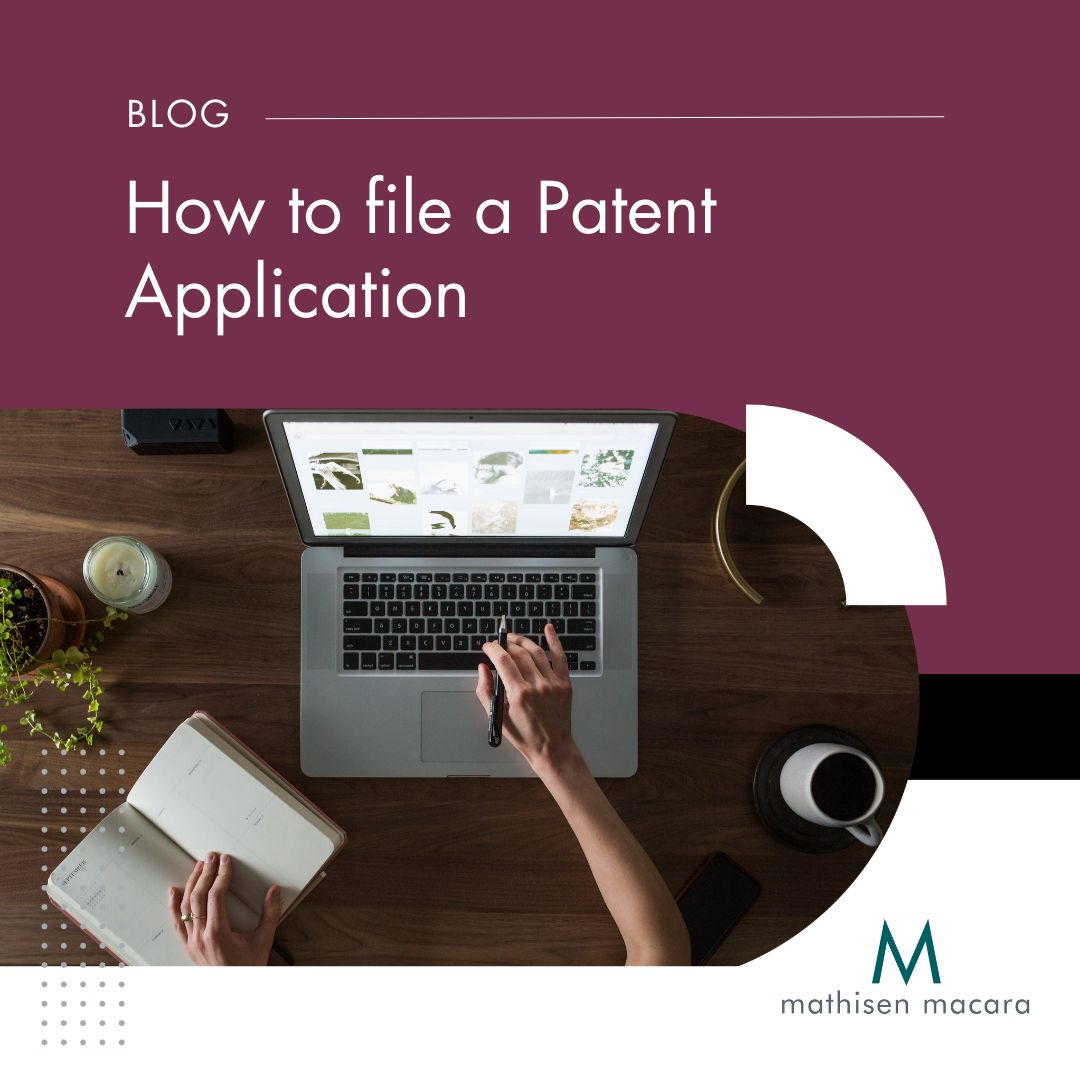How to file a Patent Application
How to file a Patent Application
So, you’ve had your ‘Eureka! Moment’, maybe in the bath, maybe not! Now what? You are keen to prevent others from taking advantage of your big idea so decide to file a patent application. This blog will give you an overview of what is involved and what steps you need to take.
A patent is a legal document which describes an invention and gives its owner the right to stop third parties from practicing within its scope. Patents can be granted for most types of technical innovation in fields ranging from machines and electronic devices to chemicals and medicines.
Three main criteria must be satisfied: the invention must be new, in the sense that it has not been made public by any means, anywhere in the world; it must not be obvious, meaning that it must be more than just a routine modification of something this is already known; and it must be for an invention which can be of real-world, practical use.
The process begins with the drafting and filing of a patent application. This must describe the invention in a manner which is sufficiently clear and complete for it to be understood and practiced by a skilled person. This means that it is not possible to hide or disguise any critical aspects of the invention.
Depending on the field of the invention, your application may include drawings of a device, graphs illustrating the effectiveness of the invention, worked examples and the results of experiments. The application will also include a set of ‘claims’, typically at the end of the document. These claims are crucial as they define in words the scope of the invention and so represent the dividing line between what is protected and what is not.
Once the drafting process is complete, the application is filed with a patent office. Patent offices exist in most countries of the world and for UK applicants, it is most common for an application to be filed either with the UK Intellectual Property Office or the European Patent Office headquartered in Munich. The chosen patent office will first examine your application to make sure it complies with certain formal requirements. Next, they will carry out a search, looking for any public disclosure made anywhere in the world that may be relevant to an assessment of novelty or inventive step. They will issue a search report, listing everything relevant that they have identified. The search report can give an early indication of any objections that may arise later during examination. At this stage you can consider the results of the search and if you wish to withdraw your application to prevent publication, you can do so. You can also amend your application and add information into the application in the first year following filing, which may be useful to distinguish your invention from the prior disclosures highlighted in the search report.
Around 18 months from the first filing date, the application will be published. Following that, a patent examiner will examine your application to decide whether the invention described is new, not obvious and useful. To do this, the examiner will compare your invention to the disclosures listed in the search report and any other common general knowledge they are aware of that may be relevant. If the same or a similar invention is found, the examiner will raise objections and give you an opportunity to amend the wording of your claims and make supporting arguments. This process may happen in several stages and if at the end, you convince the examiner that your invention is new, not obvious and useful, a patent will be granted. Your application will be re-published on grant as a patent. The public at large will be able to read and study the details of your invention from the publication of your application. It is not possible to both obtain a patent and to keep your idea secret.
Fees must be paid to the patent office, both to file the application and for it to be searched and examined. Fees are also required, typically yearly, to keep your patent in force after it is granted. These fees get progressively more expensive as the patent ages. Patents have a maximum lifetime of 20 years starting from the date of their filing.
The process, particularly the initial drafting of the application and the examination phase, can be complex so although it is possible to do this yourself, we recommend making use of a qualified and regulated Patent Attorney. Patent Attorneys are both technically and legally qualified and will work with you to ensure that your application captures your invention in the most suitable way and that the claims provide the broadest and most robust legal coverage. Patent Attorneys are also experienced in responding to objections raised by patent examiners and so best placed to shepherd your application through the granting process. They will also help you to make sure that formal requirements, time deadlines and fee payments are complied with. A poorly written patent application, a failure to meet deadlines or pay fees, or inadequate responses to a patent examiner’s objections may lead to the rejection of your application. This could mean that you end up with no, or ineffective protection for your idea while at the same time, telling the world all about it.
Patents can be very powerful tools to protect valuable technical innovations but there are pitfalls for the unwary. Mathisen & Macara’s attorneys are highly experienced, both technically and legally, and are here to guide you through the process to help you to maximise the potential of your ‘Eureka! Moment’.
